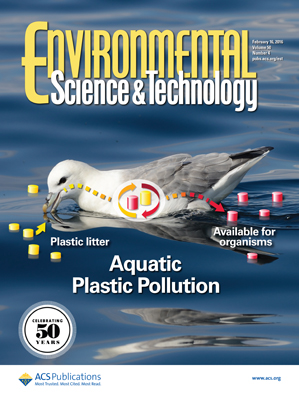Field measurements of gasoline direct injection emission factors: spatial and seasonal variability

Four field campaigns were conducted between February 2014 and January 2015 to measure emissions from light-duty gasoline direct injection (GDI) vehicles (2013 Ford Focus) in an urban near-road environment in Toronto, Canada. Measurements of CO2, CO, NOx, black carbon (BC), benzene, toluene, ethylbenzene-xylenes (BTEX), and size-resolved particle number (PN) were recorded 15 m from the roadway and converted to fuel-based emission factors (EFs). Other than for NOx and CO, the GDI engine had elevated emissions compared to the Toronto fleet, with BC and BTEX EFs in the 80-90th percentile, and PN EFs in the 75th percentile during wintertime measurements. Additionally, for three campaigns, a second platform for measuring PN and CO2 was placed 1.5-3 m from the roadway to quantify changes in PN with distance from point of emission. GDI vehicle PN EFs were found to increase by up to 240% with increasing distance from the roadway, predominantly due to an increasing fraction of sub-40 nm particles. PN and BC EFs from the same engine technology were also measured in the laboratory. BC EFs agreed within 20% between the laboratory and real-world measurements; however, laboratory PN EFs were an order of magnitude lower due to exhaust conditioning.

